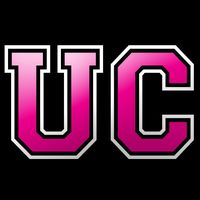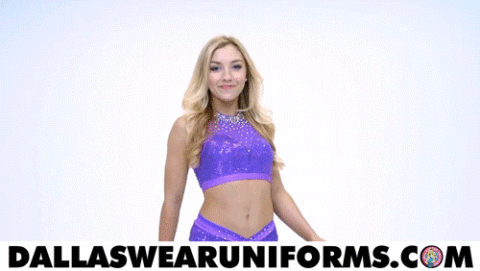Sunday Conversation: A Cheerleader Who Lived Through Party Era Fights Human Trafficking
Caitlin Johnston
Tampa Times
Dotti Groover-Skipper thinks every person has key life events that shape the person he or she becomes. For her, it was her time as a Miami Dolphins Cheerleader and as a self-esteem instructor in Tampa that led to her work fighting human trafficking. As chairwoman of the Community Campaign Against Human Trafficking-Tampa Bay, she’s heavily involved in raising awareness of the issue and promoting January as National Human Trafficking Awareness Month. Tampa Bay Times staff writer Caitlin Johnston talked with Groover-Skipper, 57, recently to learn more about the issue.
I know trafficking itself has been going on for decades, but when do you think it became the prominent issue it is today?
I have to give a lot of the credit to the Commission on the Status of Women, of which I’m vice chair, who held a fall forum back in November 2012 and really shone a spotlight on the issue of child sex trafficking. We brought community leaders together to begin a dialogue of how can we work together to eradicate child sex trafficking … We were then charged to go back to the county commissioners with the recommendations that we gleaned from the forum on what the county could do to help solve this problem of child sex trafficking.
Can you tell me a little more about the Abolish Movement?
The Abolish Movement is just amazing. Ad2 Tampa Bay was the creative organization that put this campaign together. It’s very edgy, I think. Very youth oriented, which is a target that we wanted to go after as well. And it’s a week of events to bring awareness to the community on the issue of child sex trafficking.
Can you feel awareness growing?
Absolutely. A year ago, when I first took over the helm of the community campaign, I would say most everybody I talked to had no idea that this happened in our community. And now I would say probably one out of three people I talk to knows, or has at least heard, about human trafficking. But I think we still have a long way to go.
I’m noticing the questions are shifting more from “What, that’s a thing here?” to “Oh, I’ve been hearing about that, but I don’t really get it.”
Exactly. That’s what I’m seeing, too. People still need to learn a lot more about the signs to look for and what to do if they see the signs. And that’s what we’re anticipating this whole Abolish Movement will do.
How did you get into this work in the first place?There were two major events for me. One was when I was a (Miami Dolphins) Cheerleader. I was thrown into a world that I had never experienced before. And luckily I made good decisions back then, but all around me I saw these beautiful young women who were not making good decisions and willing to sell themselves for a cheap high. And I was like the mother hen. I’ve always been that way. But that really opened my eyes.
The second major transformation for me was probably about 20 years ago, about 10 years after the cheerleading incident. I was commissioned to teach self-esteem classes in the projects here in Tampa. And in my class there was a 13-year-old girl who was extremely angry. She asked me if she could bring her 4-year-old sister to the next class. She brought her, and something in my gut told me there wasn’t something right about the 4-year-old. Upon further investigation, it was discovered that the 13-year-old and her little sister lived with their grandmother, and their grandmother was selling them on the street every night for drug money. And the little 4-year-old girl had gonorrhea.
I can’t tell you how that shook me to the core. Because I was still living in the Beaver Cleaver world. I could not believe that there was such evil that a 4-year-old’s grandmother would sell her on the streets to get high.
What led you to become a Miami Dolphins Cheerleader?
I was dared to go down to the Orange Bowl and try out. And I kind of did it just as a joke, thinking, “There’s no way.” There were 500 strong women trying out, and I kept making all the auditions and going back. And they finally cut it to 30, and I made the 30. And they made a first string and a second string, and I was on the first string. So it was all very exciting.
But again, that’s when I was thrown into that world. All kinds of parties. And in the late ’70s and early ’80s in Miami Beach, that was the disco era. A lot of drugs. I look back now and think, “How did I make good decisions?”
That’s always been a question to me, what drives a person to make good decisions when so many people around are making not-so-good decisions and having the consequences that follow.
You can almost compare that to children growing up who are getting the whole world thrown at them. What is it that leads some children, or adults, to go one way instead of another?Exactly. I know many of the cheerleaders were invited to be in Playboy, because it was really big then. And I actually was in the magazine, but I had my clothes on. So I only made like $1,000, where if you took your clothes off you made $10,000. But I just wasn’t going to go there.
What’s interesting is that I remember saying back then, “You know, what if I have children one day? What if I have a son?” And lo and behold, I have seven children, six sons. So I’m glad there’s no back issue where they can go back and say, “Whoa! Mom!”



